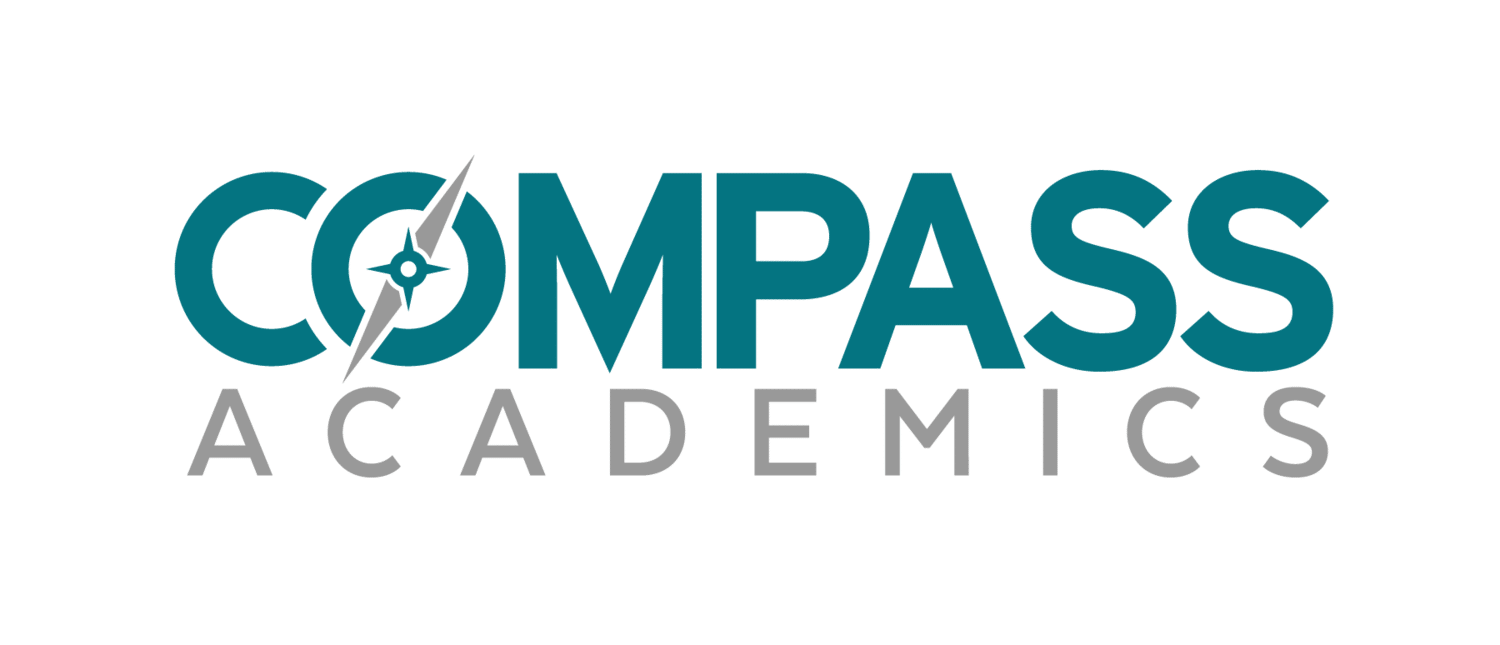Before college, the most expensive purchase for most students is a cell phone or a car. For their parents, it is most likely a home. Given that the cost of an undergraduate degree often equates to a home purchase, it would be nice if the total cost of the college experience was transparent from the start. The average cost of an undergraduate degree has tripled in the last twenty years and, according to Educationdata.org, “[t]aking into account student loan interest and loss of income, the ultimate cost of a bachelor’s degree may exceed $400,000.” In 2011, the US Code §1015a—Transparency in College Tuition for Consumers—required colleges to publish the total cost of attendance for their degree programs. Despite the publication of this information, it is not always clear to students and their parents just how much they will be spending when they enroll at an institution.
Students should not just rely on the published cost of tuition (in-state or out-of-state) when sizing up their school choices. The base tuition price is much like the base price of a new vehicle; of course, it is the add-ons and accessories that drive up that base price. For college costs, this means factoring in room/board, meal plans, transportation costs, textbook costs, technology costs, and general cost of living expenses. These can really add up and the total cost of attendance can be overwhelming. Many school websites have a “net price calculator” (often found in the the Financial Aid section) that can help families better grasp the financial commitment they will make and help them have honest discussions regarding budgets and affordability. The most affordable higher education options are community colleges. If a student is set on starting at a four-year school, they should give careful consideration to their in-state public institutions. Families should also consider merit-based and need-based financial aid options. Lastly, parents should make sure to contact Financial Aid offices directly for clarification rather than relying solely on published information on the website. Since most people cannot afford to write a blank check for higher education, it is important to make informed decisions.

